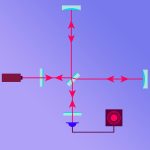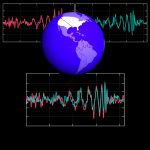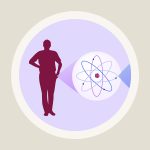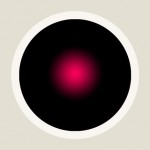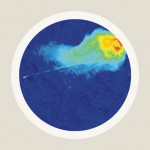Gravitational waves / Elementary tour part 4: Hunting for waves
The hunt for gravitational waves is one of the greatest adventures of modern physics. Worldwide, hundreds of scientists using cutting-edge technology are working toward a common goal: to detect gravitational waves, and in a second step, to open up the field of gravitational wave astronomy. For this, they’ve built two kinds of detectors.
The so-called resonant detectors utilize the action of gravitational waves on a solid body, for instance, a metre-long metal cylinder. Gravitational waves should make such a cylinder vibrate, and under the right conditions, it should be possible to measure these vibrations. Currently, resonant detectors in the US, Italy, Australia and the Netherlands are listening for gravitational waves.
But the first detectors which actually were able to observe gravitational waves, have been the so-called interferometric detectors. They contain freely suspended test masses. If a gravitational wave passes by, it should affect laser light going back and forth between the test masses ever so slightly. An example of such a detector is GEO600 near Hannover in Germany, shown in the following photograph:
The test masses are located in the lab hut in the foreground and at the end of each 600-metre-long arm. In the picture, one arm runs straight back to the left, and the other runs to the right. A vacuum system ensures that the laser light can run from test mass to test mass undisturbed. Currently, the largest interferometers (with arm-lengths of 4 kilometres each) are part of the Laser Interferometer Gravitational-Wave Observatory LIGO in the US. In 2015, Gravitational waves have been observed at LIGO for the first time.




